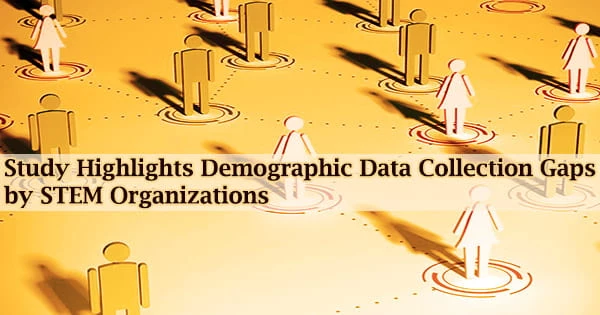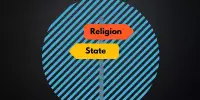According to a new study published on March 31st, 2022 in Science, professional organizations in the STEM (science, technology, engineering, and mathematics) areas might more efficiently gather information on underrepresented groups in their industries. STEM organizations should better aim their efforts to attract and keep a more diverse membership with more complete information.
“We want to start a conversation among STEM organizations,” said Nicholas Burnett, lead author of the study and a postdoctoral researcher in the Department of Neurobiology, Physiology, and Behavior at the University of California, Davis. “The ultimate goal is to increase the representation of these groups, and you can’t do that without knowing where to target resources.”
Alyssa Hernandez, from Harvard University; Emily King, from UC Berkeley; Richelle Tanner, from Chapman University; and Kathryn Wilsterman, from the University of Montana, Missoula, are Burnett’s coauthors on the study.
The majority of the 164 STEM groups the researchers examined in the United States were selected from a list of societies connected to the American Association for the Advancement of Science. The organizations were questioned regarding the kind of demographic data they gathered on its members and conference goers, as well as how they used it.
The study team simply asked respondents about the types of information that were being collected; real demographic data was not requested. The survey results were not connected to any specific organization.
The poll received responses from 73 organizations, representing over 700,000 constituents across a variety of disciplines, including biological sciences, physical sciences, mathematics, and technology. While the majority of organizations (80%) did gather some demographic information, the details of what they did collect varied.
Many companies adopted the type of breakdown utilized by government agencies, providing a variety of “race and ethnicity” possibilities while also combining a number of diverse groupings under one heading (such as “Asian American and Pacific Islander”).
We want to start a conversation among STEM organizations. The ultimate goal is to increase the representation of these groups, and you can’t do that without knowing where to target resources.
Nicholas Burnett
Gaps in data
Numerous groups went unnoticed. Only 15% of respondents collected information on “disability status” and “sexual orientation,” for example, whereas 60% of respondents were gathering at least some data on “gender identity” and “race and ethnicity.”
Given the well-documented discrimination against and underrepresentation of certain groups in STEM, the authors said it is unexpected that these groups were left out. The researchers offered a number of models to help in survey design.
STEM organizations might look to compare their own surveys to data that has been gathered nationally, such as the Survey of Earned Doctorates from the National Science Foundation, the American Community Survey from the U.S. Census Bureau, and the National Health Interview Survey from the Centers for Disease Control and Prevention.
But the kind of data that are gathered in these surveys also differ. For instance, the National Health Interview Survey and the Census Bureau’s surveys both identify seven unique Asian identities, although the NSF survey only uses one “Asian” category.
According to Burnett, the National Health Interview Survey performed a better job than others at separating apart groups that are typically grouped together, but it still lacks sufficient data on gender identification.
“Organizations are stuck between following their federal funders, or responding to the social climate and collecting more accurate information,” Burnett said.
The majority of respondents (87.5%) stated that they were gathering demographic information for a specific reason, with “monitoring” and “resource planning” being the most popular.
“It’s kind of shocking that some organizations are collecting data but aren’t doing anything with it,” Burnett said.
The study’s authors hope it will spark action, additional research, and debate among the STEM community.
“Many organizations were genuinely interested in our study and want to do better,” Burnett said.
















